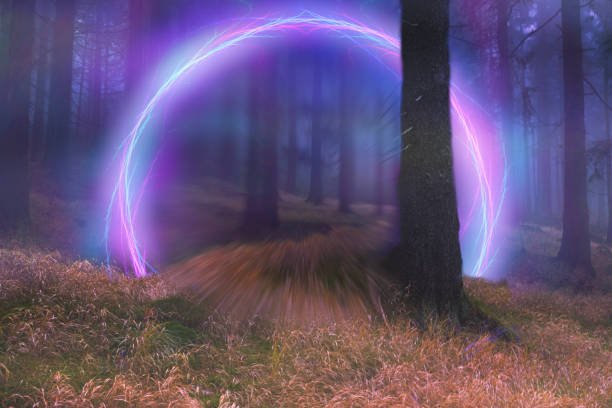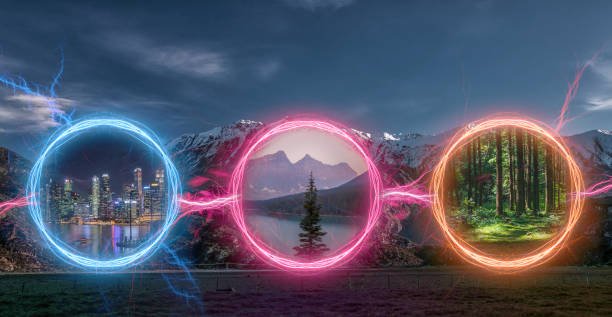In the vast panorama of contemporary art, magical realism resurfaces as a guiding thread between the imaginary and the real, especially within the context of Latin American visual arts. This genre, originally literary, gained visual contours throughout the 20th century and continues to influence 21st-century artists with its unique way of portraying the fantastic in everyday life.
By blending surreal elements with a realistic atmosphere, magical realism challenges the linear logic of time and the boundaries between dream and reality. Visual works inspired by this style function as portals to a new understanding of Latin American life: a reality where the mystical, historical, and popular intersect.
The Literary Legacy and Its Visual Translation
The term “magical realism” became established in literature with authors such as Gabriel García Márquez (One Hundred Years of Solitude) and Isabel Allende (The House of the Spirits). However, their dense and symbolic imagery transcended the pages of books and began to inspire visual artists who sought to translate the “extraordinary of the ordinary” onto canvas, murals, or installations.

Artists like Remedios Varo, Leonora Carrington, and Frida Kahlo stand out in this realm, even if not always labeled strictly as “magical realists.” These three brought elements of the unconscious, mythology, and domestic life into their work with strong symbolic meaning. Kahlo, for example, built her own mythology where pain, desire, and Mexican traditions gain fantastic contours.
In recent times, names like Tania Candiani, Jorge González Camarena, and Anselm Kiefer (in his dialogues with Latin mysticism) have expanded this approach, exploring digital technologies, interactive installations, and regional folklore through a contemporary language. The influence of magical realism is also evident in institutions such as the Museo de Arte Latinoamericano de Buenos Aires (MALBA) and the Frida Kahlo Museum, which frequently engage with this aesthetic.
Magical Realism: The Everyday Fantastic as a Political and Cultural Tool
More than an aesthetic device, magical realism in Latin American visual arts plays an essential political and symbolic role. In regions marked by social conflict, dictatorships, and popular resistance, this language offers a form of expression that bypasses censorship and speaks to the collective unconscious. By turning suffering into mythology, the everyday into fable, and memory into art, artists find a powerful channel of communication with their audiences.
Social critique disguised as magic allows complex themes to acquire poetic dimensions without losing the strength of their message. This is also reflected in community art projects that, inspired by this aesthetic, incorporate local traditions, ancestral knowledge, and oral histories.
In the book O realismo mágico na América Latina by Irlemar Chiampi (1980), the author argues that this language is not an escape from reality but a way to confront it through the symbolic. This idea remains relevant today, especially when magical realism appears in street art, experimental cinema, and digital platforms, where the image blends with hybrid and fluid narratives.
Between Mythical Past and Digital Future
Today, Latin American artists continue to renew magical realism, traversing new mediums such as digital art, augmented reality, and NFTs. In this transition, the essential remains: the capacity to enchant, disorient, and reveal profound aspects of the continent’s identity.
Works that merge 3D images with local legends, AR filters with Andean tales, or animations that transform rural life into technological fables are just some examples of this creative contamination. Magical realism, in this sense, is more alive than ever, expanding its possibilities without losing its roots.



